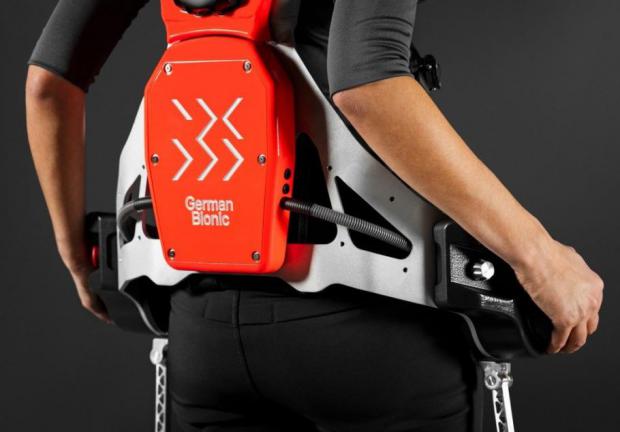
Breaking News
 Battleborn Batteries Responds! Their Overheating Device is a "Feature" not a "Problem
Battleborn Batteries Responds! Their Overheating Device is a "Feature" not a "Problem
 Actor Liam Neeson Outs Himself as MAHA After Narrating Pro-RFK Jr. Documentary Slamming...
Actor Liam Neeson Outs Himself as MAHA After Narrating Pro-RFK Jr. Documentary Slamming...
 Kyle Rittenhouse announced on social media Wednesday that he has tied the knot.
Kyle Rittenhouse announced on social media Wednesday that he has tied the knot.
 JUST IN: President Trump Grants Tina Peters Pardon
JUST IN: President Trump Grants Tina Peters Pardon
Top Tech News
 Build a Greenhouse HEATER that Lasts 10-15 DAYS!
Build a Greenhouse HEATER that Lasts 10-15 DAYS!
 Look at the genius idea he came up with using this tank that nobody wanted
Look at the genius idea he came up with using this tank that nobody wanted
 Latest Comet 3I Atlas Anomolies Like the Impossible 600,000 Mile Long Sunward Tail
Latest Comet 3I Atlas Anomolies Like the Impossible 600,000 Mile Long Sunward Tail
 Tesla Just Opened Its Biggest Supercharger Station Ever--And It's Powered By Solar And Batteries
Tesla Just Opened Its Biggest Supercharger Station Ever--And It's Powered By Solar And Batteries
 Your body already knows how to regrow limbs. We just haven't figured out how to turn it on yet.
Your body already knows how to regrow limbs. We just haven't figured out how to turn it on yet.
 We've wiretapped the gut-brain hotline to decode signals driving disease
We've wiretapped the gut-brain hotline to decode signals driving disease
 3D-printable concrete alternative hardens in three days, not four weeks
3D-printable concrete alternative hardens in three days, not four weeks
 Could satellite-beaming planes and airships make SpaceX's Starlink obsolete?
Could satellite-beaming planes and airships make SpaceX's Starlink obsolete?
Carbon fiber exoskeleton is the latest to boost worker safety

Typically worn over the clothing on the torso (or even the whole body), industrial assistive exoskeletons incorporate electric motors – or sometimes just springs – that augment the wearer's muscle power as they lift items, reach up, squat, or perform other physically demanding tasks.
The 4th-gen Cray X is no different, utilizing two servo motors to offset lifted loads of up to 28 kg (62 lb). In doing so, it's claimed to protect the user's lower back from excessive strain. Power is supplied by a removable lithium battery pack, which should reportedly be good for eight hours of runtime per charge.
The new exoskeleton is also compatible with the Internet of Things, allowing it to be wirelessly linked to the infrastructure of "smart factories," and to automatically receive over-the-air firmware updates. It can additionally be used with the company's augmented reality Cray Visor, which overlays a head-up display on the wearer's view of the task at hand.
German Bionic is now offering the 4th-gen Cray X on a subscription model to corporate clients, with rates starting at €699 (about US$794) per month.

 First totally synthetic human brain model has been realized
First totally synthetic human brain model has been realized Mach-23 potato gun to shoot satellites into space
Mach-23 potato gun to shoot satellites into space

